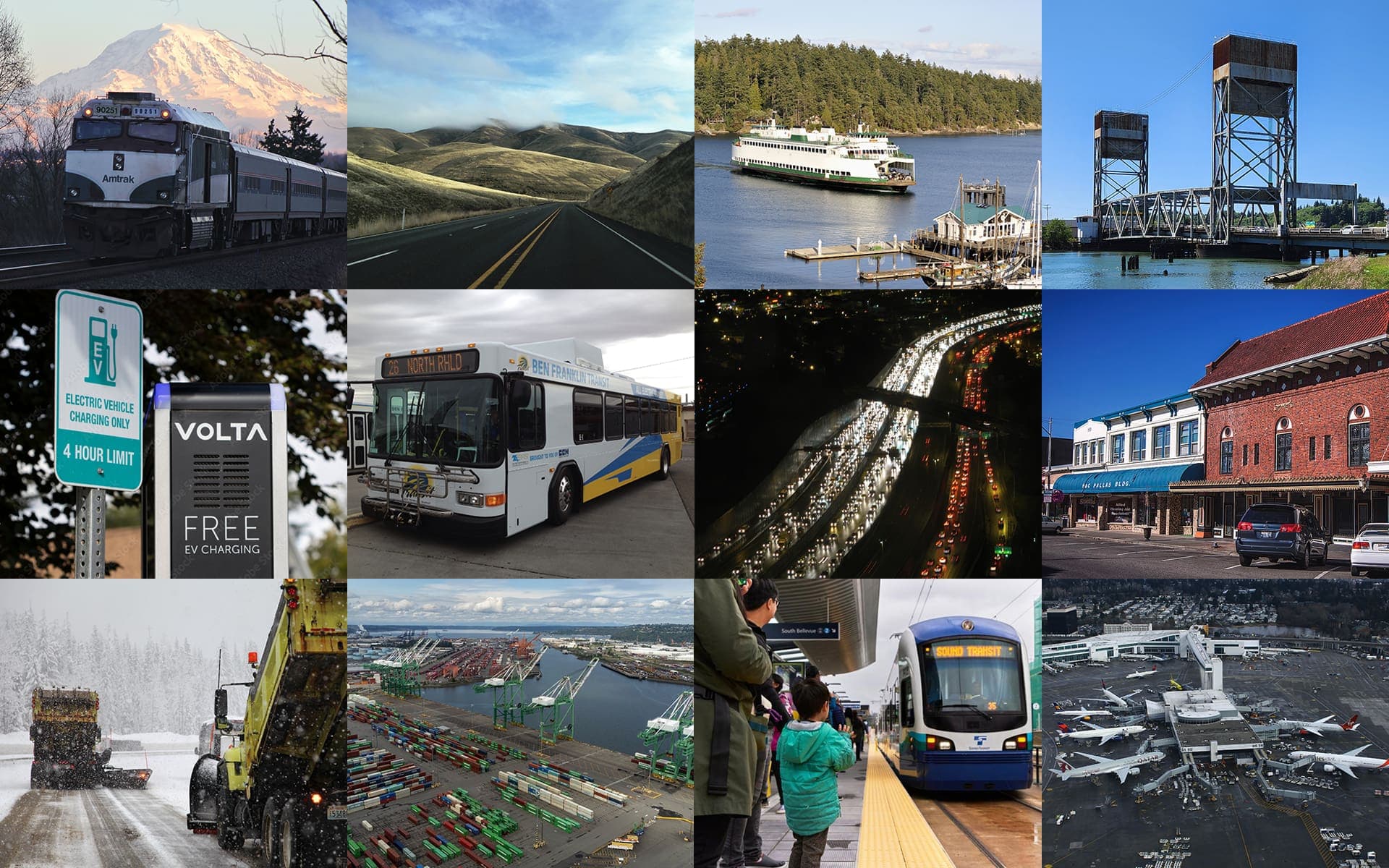
Challenge 2050
The Future in Motion
By the year 2050, Washington State will be home to 10 million people—a population surge of 1.8 million, with the vast majority settling in the already-bustling central Puget Sound region.
Washington’s future hinges on one critical question: How will 10 million people move safely and efficiently across our state?
As roads, bridges, ferries, railways, and airports strain under increased demand, state and regional leaders face a stark choice—invest boldly and strategically now, or face the rising costs of inaction: clogged highways, delayed flights, and a quality of life diminished by congestion.
Challenge 2050 is a data-driven initiative to help Washingtonians understand and prepare for the transportation challenges of a rapidly growing state. Explore the trends, impacts, and choices we face—and discover how informed decisions today can shape a better tomorrow.
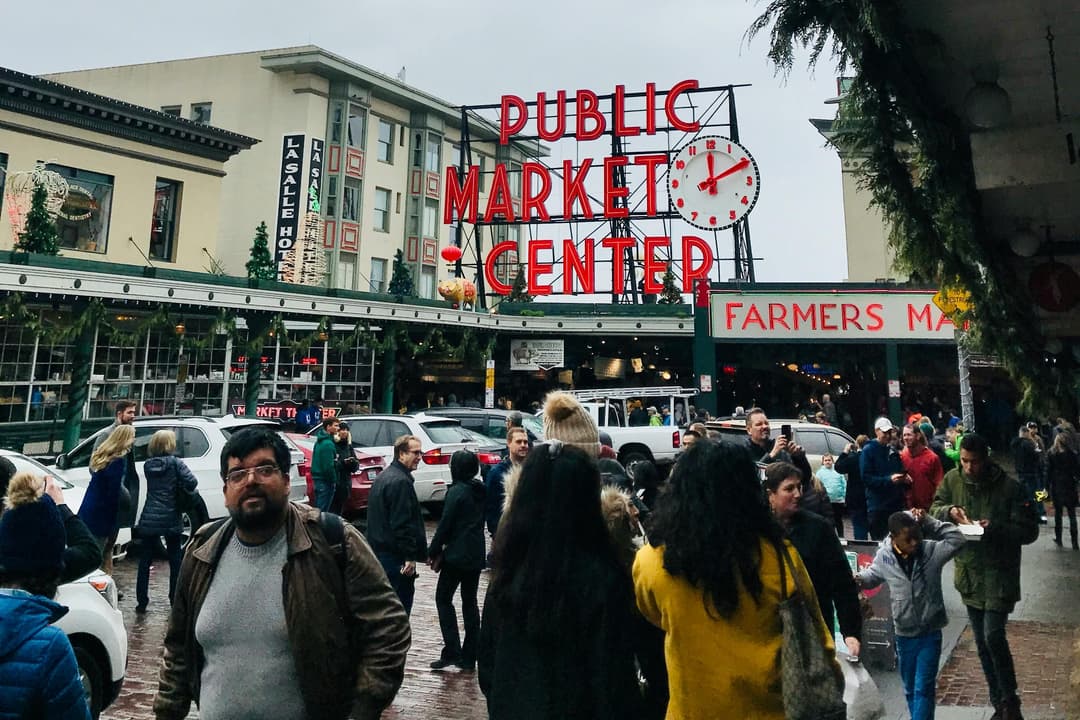
A Changing State
Washington’s evolution has been decades in the making. From 1961 through projections for 2050, population growth has shifted the balance across counties, reshaping urban and rural communities alike.
![]() Explore: See how our state’s population has changed since 1961 and is predicted to continue to grow over the next 25 years.
Explore: See how our state’s population has changed since 1961 and is predicted to continue to grow over the next 25 years.
- Washington State Office of Financial Management (OFM), Growth Management Act Population Projections for Counties: 2020–2050.

The Commute, Reimagined
This growth is more than abstract data—it affects everyday lives. Longer commutes mean less time with family, more stress, and higher costs. Without action, travel times will exceed tolerable limits.
Did you know?
- In 2022, the average commuter in Central Puget Sound spent 82 hours stuck in traffic at an annual cost of $1,874 1.
- Congestion contributes 621,000 metric tons of excess carbon dioxide emissions annually in Central Puget Sound, contributing to climate change1.
![]() Explore: Just 10 minutes of added travel time each day adds up to more than 40 hours a year. See how much trips will change in the years ahead.
Explore: Just 10 minutes of added travel time each day adds up to more than 40 hours a year. See how much trips will change in the years ahead.
- Current peak-time travel conditions using Mapbox Directions API.
- Puget Sound Regional Council (PSRC), Vision 2050 – Regional Transportation Model, assumes the build out of Transit 3.
- Thurston Regional Planning Council (TRPC), 2022 South Sound Travel Study – Travel Demand Modeling.
Airports Under Pressure
Air travel, too, will feel the crunch. Without expanded airport capacity, Puget Sound’s population growth will hinder both travel and trade—affecting everything from holiday plans to Washington’s global exports.
Did you know?
- Demand for take-offs and landings are projected to double by 2050, resulting in unmet demand roughly equivalent to all passengers served at Sea-Tac in 2019.
- The region will fall short of on-airport warehouse space for air cargo by 2027.
![]() Explore: Watch how rising passenger demand begins to outpace airport capacity. As demand grows, unmet needs appear and increase, showing how much traffic our airports can't accommodate without further investment.
Explore: Watch how rising passenger demand begins to outpace airport capacity. As demand grows, unmet needs appear and increase, showing how much traffic our airports can't accommodate without further investment.
- Federal Aviation Administration (FAA),Passenger Boarding (Enplanement) Data (ACAIS).
- Puget Sound Regional CouncilRegional Aviation Baseline Study.
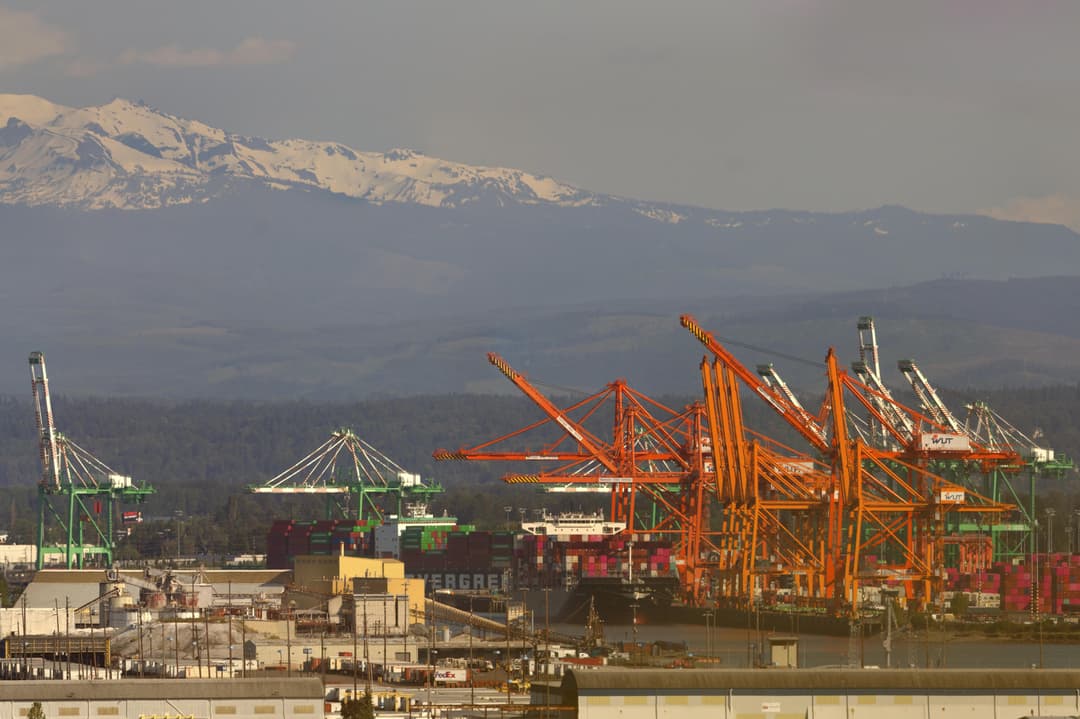
Freight and the Backbone of Commerce
Freight is the lifeblood of Washington’s economy. With a 45% increase in cargo expected by 2050, our infrastructure must keep pace—or risk losing billions in trade and thousands of jobs. As Washington’s economy grows, so will the demand on freight corridors—by highway, rail, sea, and air.
Did you know?
- In 2022, over 600 million tons of freight moved through Washington state, with a total value of just over $700 billion2.
- By 2050, freight movements in Washington are forecast to increase 45%, from 603 million tons of cargo to 872 million tons2.
![]() Explore: Learn how cargo moves around the state and how it is expected to grow to meet the increased demand of a growing population. Cargo that can’t get to overseas markets harms our state’s economy, including the 1 in 4 jobs dependent on international trade.
Explore: Learn how cargo moves around the state and how it is expected to grow to meet the increased demand of a growing population. Cargo that can’t get to overseas markets harms our state’s economy, including the 1 in 4 jobs dependent on international trade.
- U.S. Department of Transportation, Federal Highway Administration & Bureau of Transportation Statistics,Freight Analysis Framework Version 5 (FAF5).
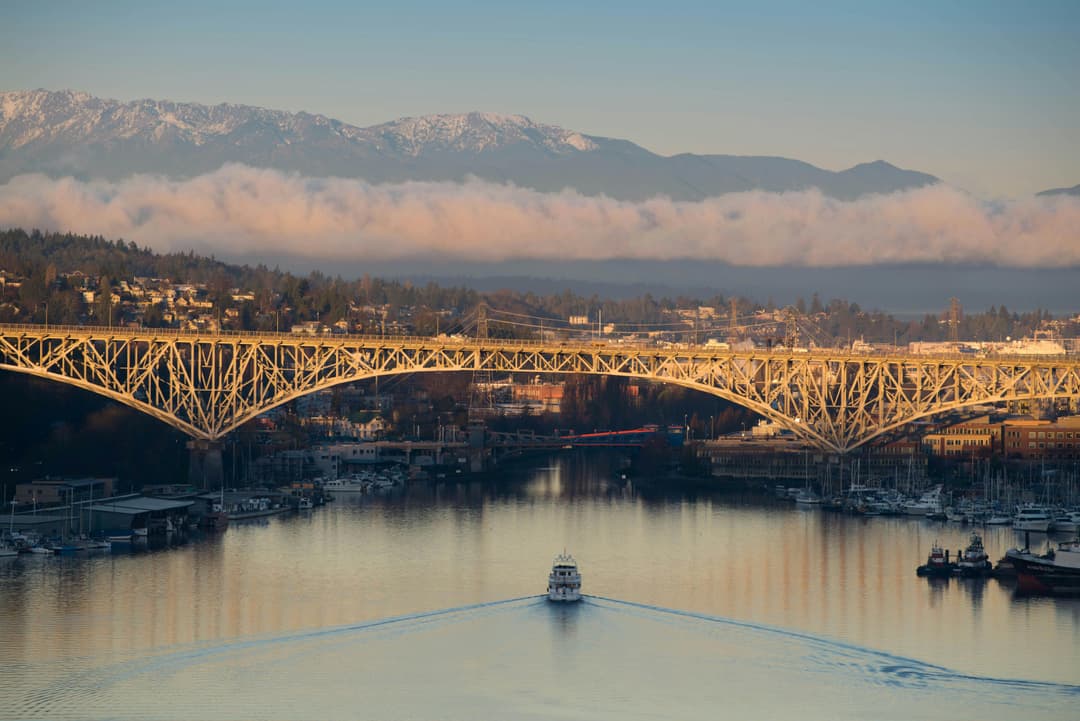
The Quiet Crisis Beneath Our Roads
Beneath the weight of growth lies a quieter crisis: infrastructure decay. The state’s 8,400-plus bridges— essential connectors for people and goods—are aging. A bridge in disrepair may not make headlines until it fails, but the data reveals a system in urgent need of maintenance.
Did you know?
- Over half of Washington’s bridges are aging into poor condition.
- In April 2025, WSDOT permanently closed the 103-year old SR 165 Carbon River/Fairfax Bridge because it was no longer safe to drive on, cutting off access to Mount Rainier recreation areas and requiring a 9-mile emergency access detour.
- Preservation funding is only 40% of what is needed to keep our infrastructure in a state of good repair.
![]() Explore: Inspect the condition of spans across the state and see what detours would be required if bridges were closed before they could be repaired or replaced.
Explore: Inspect the condition of spans across the state and see what detours would be required if bridges were closed before they could be repaired or replaced.
- Washington State Department of Transportation (WSDOT), Bridge Needs. Accessed Oct 31, 2024.

A High-Speed Vision
The future isn’t just about fixing what’s broken—it’s also about imagining what could be. One vision being explored is the development of an ultra-high-speed rail system linking Vancouver, BC; Seattle, WA; and Portland, OR, with trains topping 250 mph.
![]() Explore: Trips between Seattle and Vancouver, BC or Seattle and Portland, OR could be an hour or shorter— redefining what it means to live and work in the Pacific Northwest.
Explore: Trips between Seattle and Vancouver, BC or Seattle and Portland, OR could be an hour or shorter— redefining what it means to live and work in the Pacific Northwest.
- Washington State Department of Transportation (WSDOT),Ultra-High-Speed Ground Transportation Study — Business Case Analysis(2019).
Note: High-speed rail is defined as speeds between 160 to 250 miles per hour. Travel time is based on seat time and does not include airport security screening. High-speed rail times are based on projections from feasibility studies and are subject to change as the project develops.
Sources
- Texas Transportation Institute, Urban Mobility Report 2023.
- Washington State Freight System Plan (2022).

